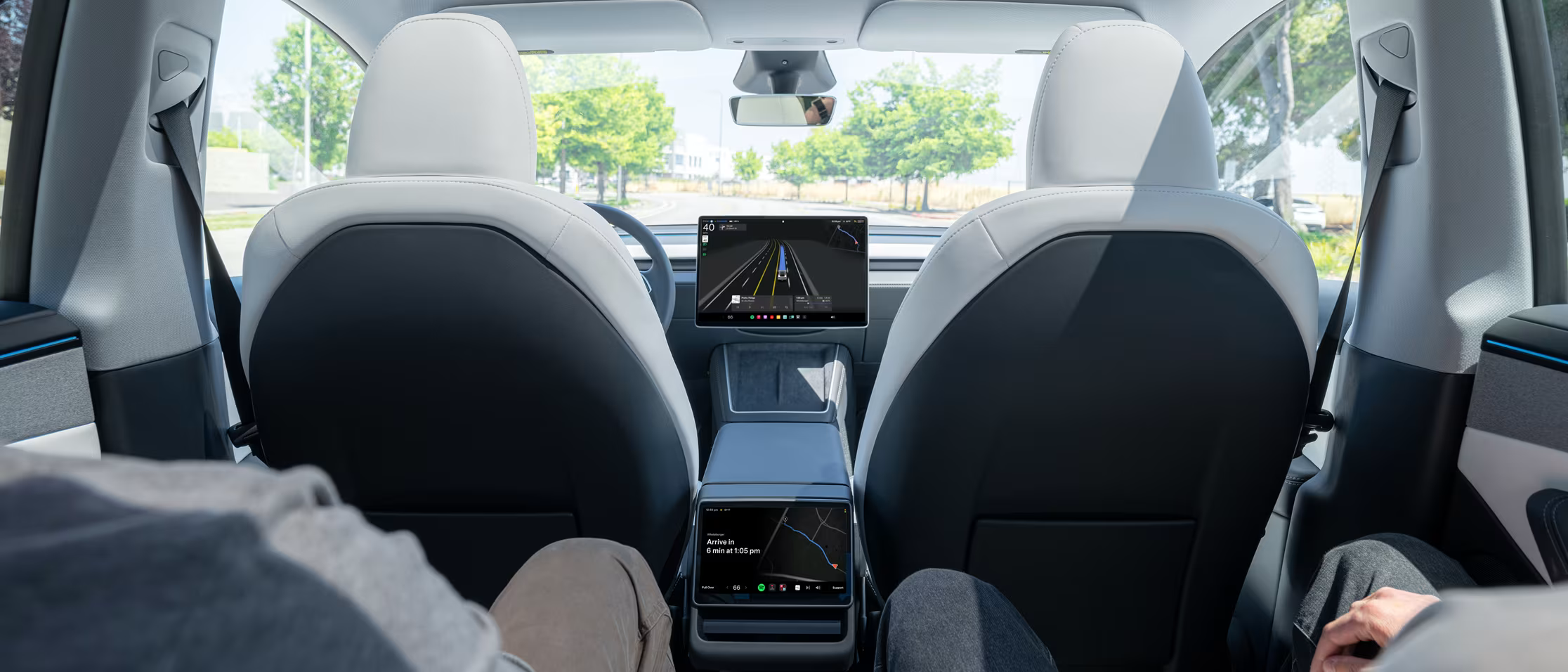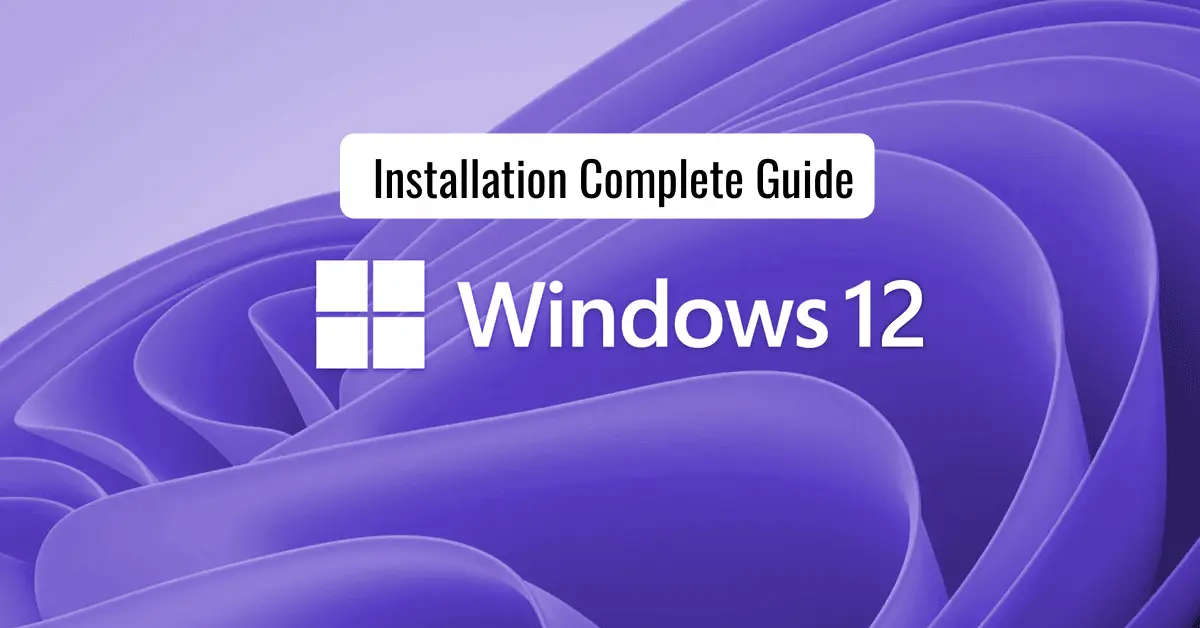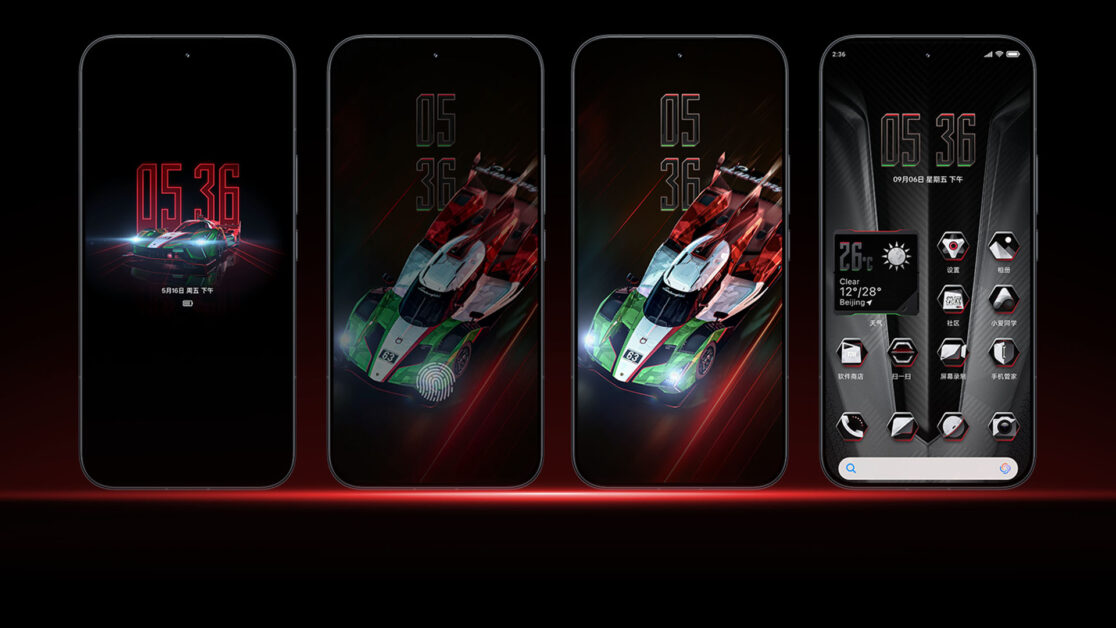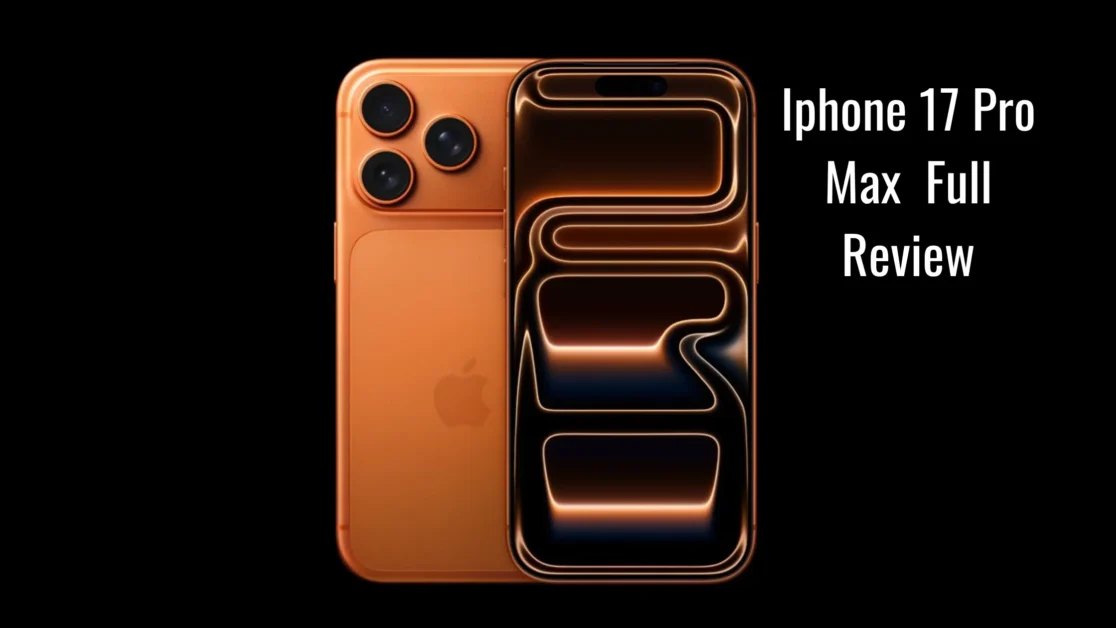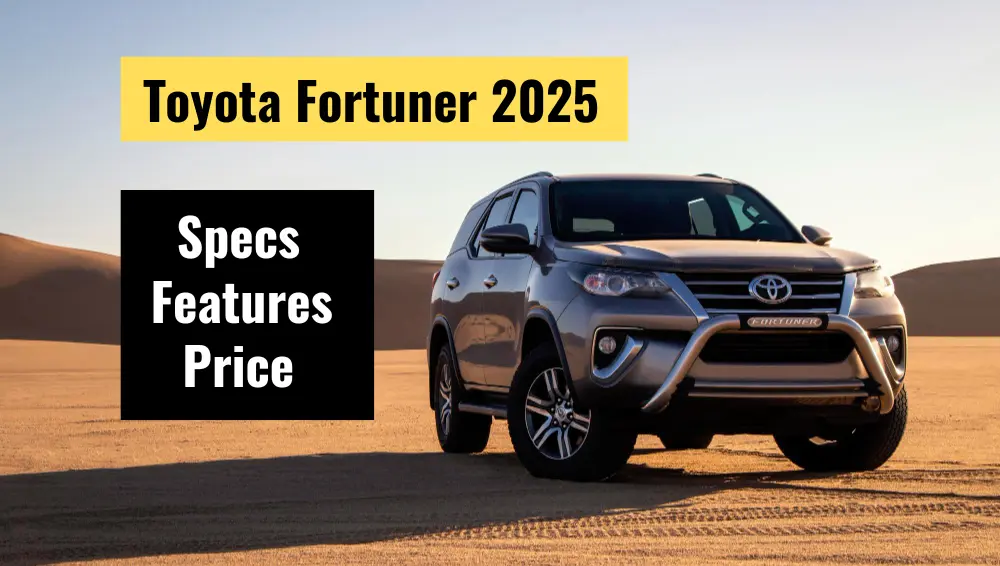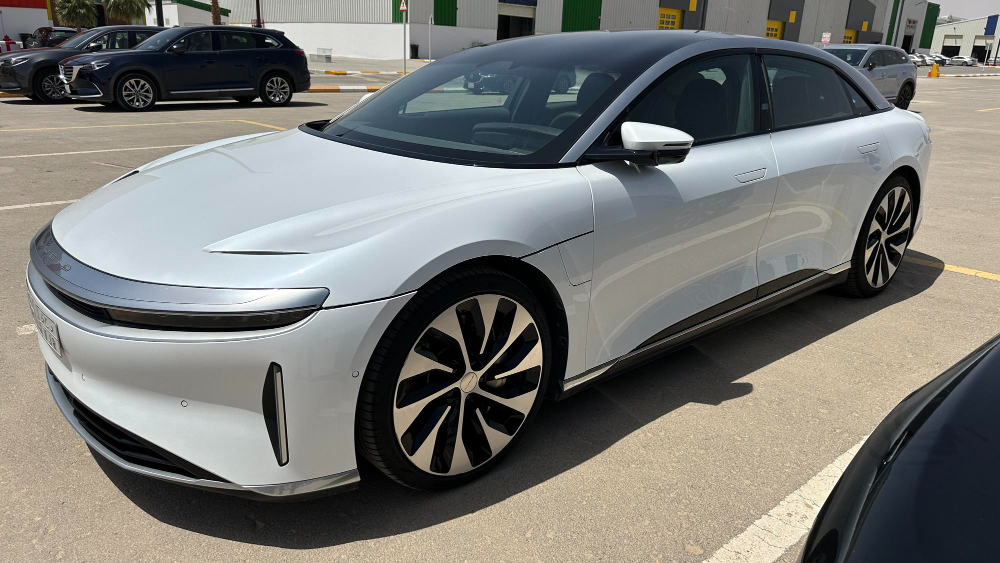Tesla Robotaxi is Tesla’s most anticipated autonomous innovation, aiming to revolutionise ride-sharing and transportation. But where does it currently stand, and how close are we to riding in one?
Table of Contents
ToggleHere’s a quick overview before we dive deeper:
Aspect
Details
Project Name
Tesla Robotaxi
First Announced
2019 by Elon Musk
Launch Status
Model unveiling expected in late 2024
Expected Cost
Under $25,000 (production target)
Ride Fare Estimate
As low as $0.18 per mile
Vehicle Design
No steering wheel or pedals, fully autonomous
Earnings Potential
Up to $30,000/year for car owners via Robotaxi network
Availability
Trials may begin in select U.S. states by 2026
Let’s explore the full story of Tesla Robotaxi, from concept to reality check.
What is the Tesla Robotaxi?
The Tesla Robotaxi is an upcoming fully autonomous electric vehicle designed for Tesla’s ride-sharing network. It’s part of Elon Musk’s plan to turn Tesla vehicles into income-generating assets. Owners would be able to add their cars to the Tesla Robotaxi fleet and let them drive autonomously while they go about their day.
This car is not a conventional taxi—it’s entirely driverless. Tesla’s goal is to provide cheaper, safer, and more efficient transport that outperforms existing services like Uber or Lyft.
The Vision Behind the Tesla Robotaxi
Unveiled in 2019, the Tesla Robotaxi is Tesla’s bet on a driverless future. The idea is bold:
- Launch an autonomous taxi fleet using Tesla’s Full Self-Driving (FSD) software
- Remove the need for steering wheels or pedals
- Offer rides at significantly lower costs than traditional services
- Enable car owners to earn passive income through Tesla’s Robotaxi platform
While the original 2020 launch prediction didn’t pan out, Tesla has continued improving its FSD system to make this vision a reality.
Tesla Robotaxi: Key Features Expected
1. Full Self-Driving Capability
Powered by Tesla’s FSD software, the Tesla Robotaxi aims to navigate complex roads using AI and vision-based sensors.
2. Purpose-Built Interior
Unlike existing Tesla models, the Robotaxi will be a dedicated vehicle with no driver controls—just a cabin optimised for passengers.
3. AI-Driven Experience
Voice commands, touchscreen interaction, and real-time route optimisation will define the in-cabin experience.
4. Affordability
Tesla plans to make Robotaxi rides far cheaper than existing ride-hailing services due to lower operational costs.
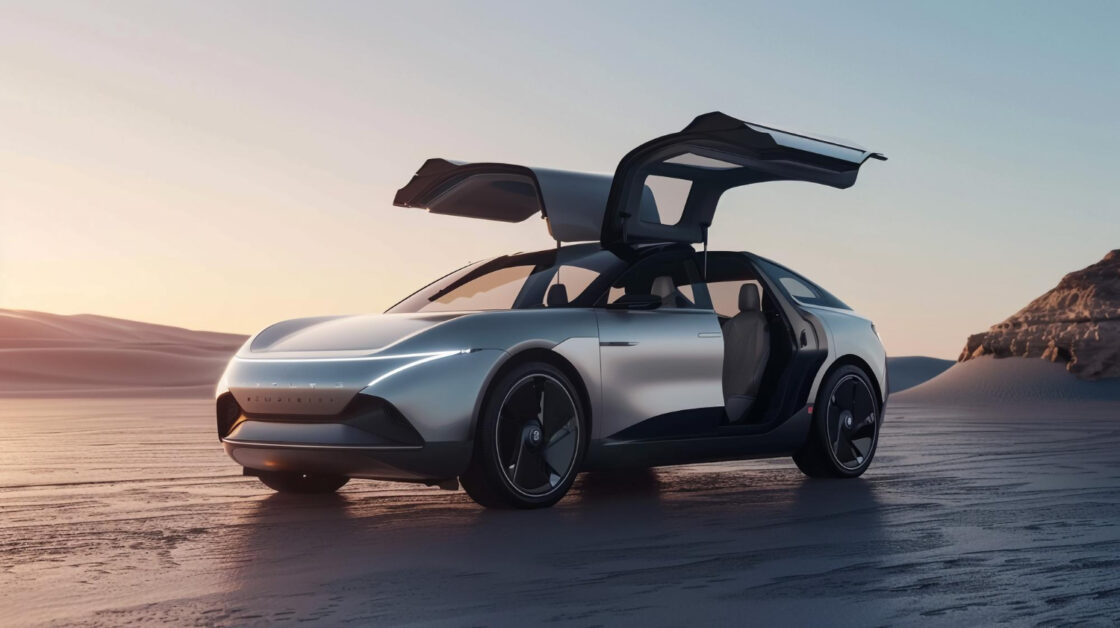
Tesla Robotaxi Launch Timeline: Where Are We Now?
Original Promise vs. Current Status
- 2019 – Elon Musk predicts Robotaxi launch by 2020.
- 2021–2022 – Delays due to FSD software not being ready for public use.
- 2024–2025 – Tesla now hints at a Robotaxi model being unveiled in August 2024, with production to begin by late 2025 or early 2026.
Currently, no operational Tesla Robotaxi service is live, but pilot testing in the U.S. may begin within the next year or two.
Tesla Robotaxi Cost: What Will It Be?
Though pricing isn’t officially confirmed, here’s what experts estimate:
Production Cost
Tesla targets a manufacturing cost below $25,000 using its next-gen platform and battery innovations.
Ride Fare
Elon Musk claims Robotaxi fares could be as low as $0.18 per mile, dramatically undercutting Uber and other taxis.
Owner Revenue
Car owners could earn up to $30,000 annually by enrolling their vehicles in the Tesla Robotaxi fleet.
Note: Real-world pricing will depend on maintenance, usage, insurance, and location-based regulations.
Tesla Robotaxi vs Traditional Ride-Sharing
Feature
Tesla Robotaxi
Uber/Lyft
Human Driver Required
No
Yes
Cost Per Mile (Estimate)
$0.15–$0.25
$2.00+
Availability
24/7 (theoretical)
Dependent on drivers
Carbon Emissions
Zero (fully electric)
Varies
Earning for Owners
Passive income possible
Not applicable
Reality Check: How Close Are We to Robotaxi Roads?
While the Tesla Robotaxi is impressive on paper, a few hurdles remain:
1. Legal and Regulatory Delays
Autonomous driving laws vary globally. Tesla must comply with each region’s safety and testing guidelines.
2. Full Self-Driving Not Yet Fully Approved
Tesla’s FSD software is still in beta mode. It performs well in many situations but isn’t entirely autonomous—yet.
3. Infrastructure Needs
For smooth operation, cities will need infrastructure upgrades like dedicated lanes, smart signals, and public charging stations.
4. Public Trust & Safety
People must trust the AI and automation behind the Robotaxi. Public acceptance is just as vital as tech readiness.
What Analysts Say About Tesla Robotaxi
Experts say the Tesla Robotaxi will likely debut as a limited pilot programme before any major rollout. Elon Musk has stated that Tesla may begin service in cities like Austin, Texas, or San Francisco as early as 2026, depending on how quickly regulations evolve and FSD gains approval.
Investors are cautiously optimistic, and many believe Tesla’s AI-first approach could eventually give it an edge over competitors like Waymo and Cruise.
Conclusion
There’s no doubt that Tesla Robotaxi could redefine how we travel. With a promise of affordability, zero emissions, and AI-driven convenience, it aims to eliminate the need for human drivers entirely. But despite the vision and ongoing development, challenges like regulation, safety, and real-world performance still stand in the way.
Tesla has a history of setting bold goals and slowly making them a reality—and the Tesla Robotaxi might just follow the same path. It may not be on every street corner tomorrow, but its arrival is no longer science fiction.
Keep your eyes on Tesla, because the age of autonomous ride-sharing might just start with a Tesla Robotaxi rolling up to your curb.
Step-by-Step Windows 12 Installation Guide
Redmi K90 Champion Edition Battery Test and Charging Speed Review
Redmi K90 Champion: The Ultimate 2025 Gaming Phone
Redmi K90 Champion Edition: Flagship Power at Its Best
Launch Iphone 17 Pro Max: Review Specs and Features
Toyota Fortuner Hybird 2025 Price, Features, Mileage, Interiors and Exterior
Share

